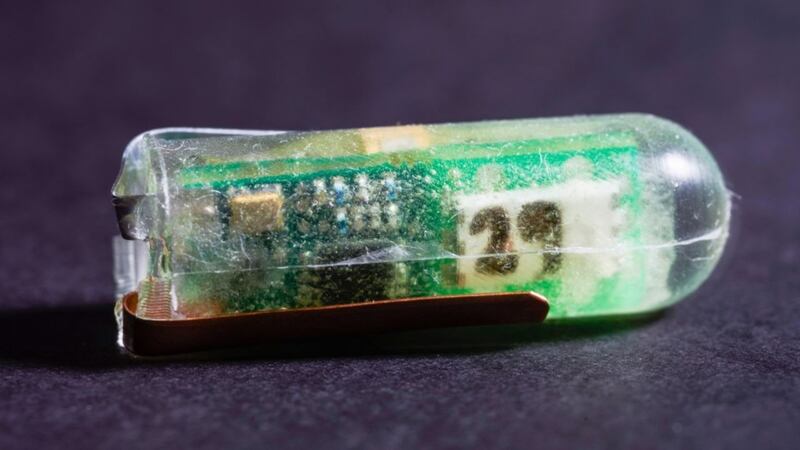Stomach acids can do much more than help you break down and digest your food. Researchers believe they could be used to power electronics as well.
Scientists from MIT and Brigham and Women’s Hospital have created a tiny generator that uses acids secreted in our gut to power up.
They say this technology could be used to run sensors in the body to detect heart rate or blood pressure, or be used as ingestible pills to treat diseases.
The team took inspiration from a lemon battery – which basically consists of two electrodes made of galvanised nail and copper pennies stuck in a lemon and uses citric acid to charge the electrodes.
They then replicated the battery in an ingestible sensor with zinc and copper electrodes attached to its surface.
The device powered up when the zinc electrode emitted ions into the acid present in the stomach. Researchers say it could be capable of generating as much power as a 900-megahertz transmitter.
The devices, when tested on pigs, took an average of six days to travel through the digestive tract.
Researchers say the voltaic cell, when activated in the stomach, produced enough energy to power a temperature sensor that wirelessly transmitted data to a station located two metres away.
However, while the battery performed well in the stomach, power dropped to almost nothing once it entered the small intestine, as it contains less acid.
Giovanni Traverso, one of the key researchers involved in the study, said: “We need to come up with ways to power these ingestible systems for a long time.
“We see the GI tract as providing a really unique opportunity to house new systems for drug delivery and sensing, and fundamental to these systems is how they are powered.”
The next step in the research would be to miniaturise the device and add additional sensors and increase the amount of time the device can spend inside the body.
The research is published in Nature Biomedical Engineering.








